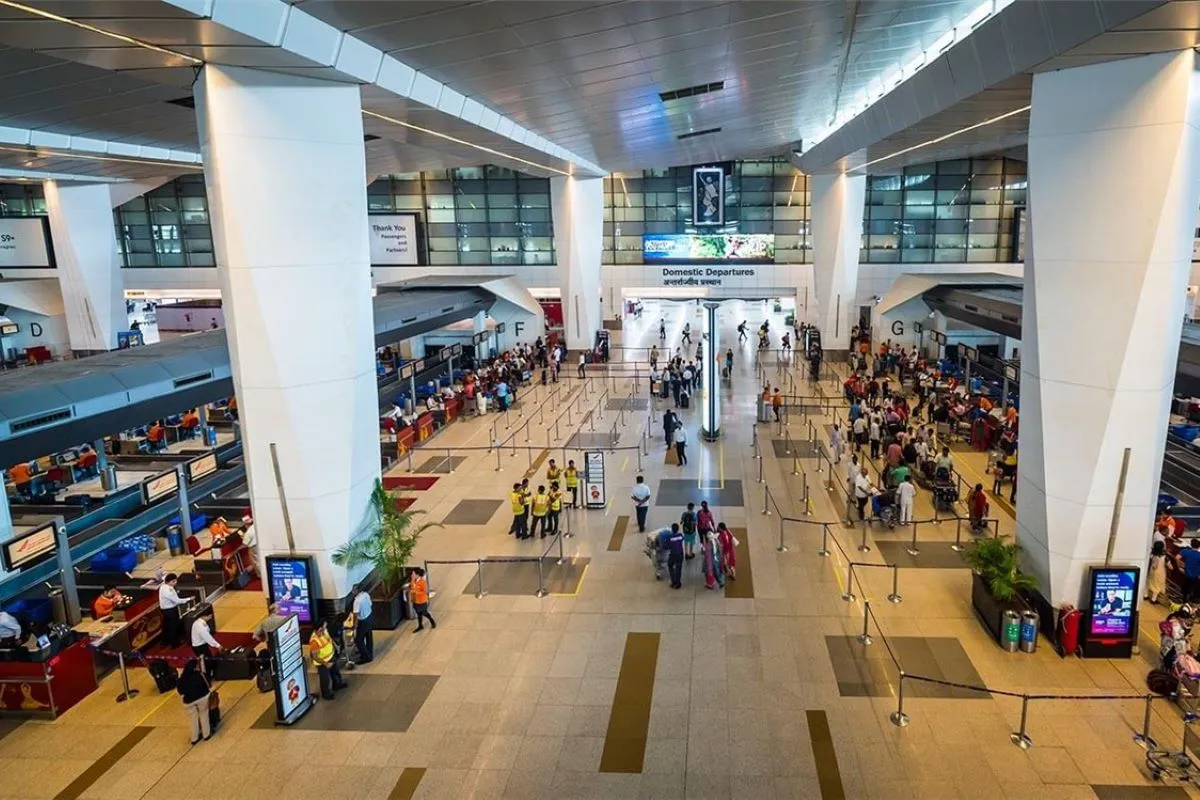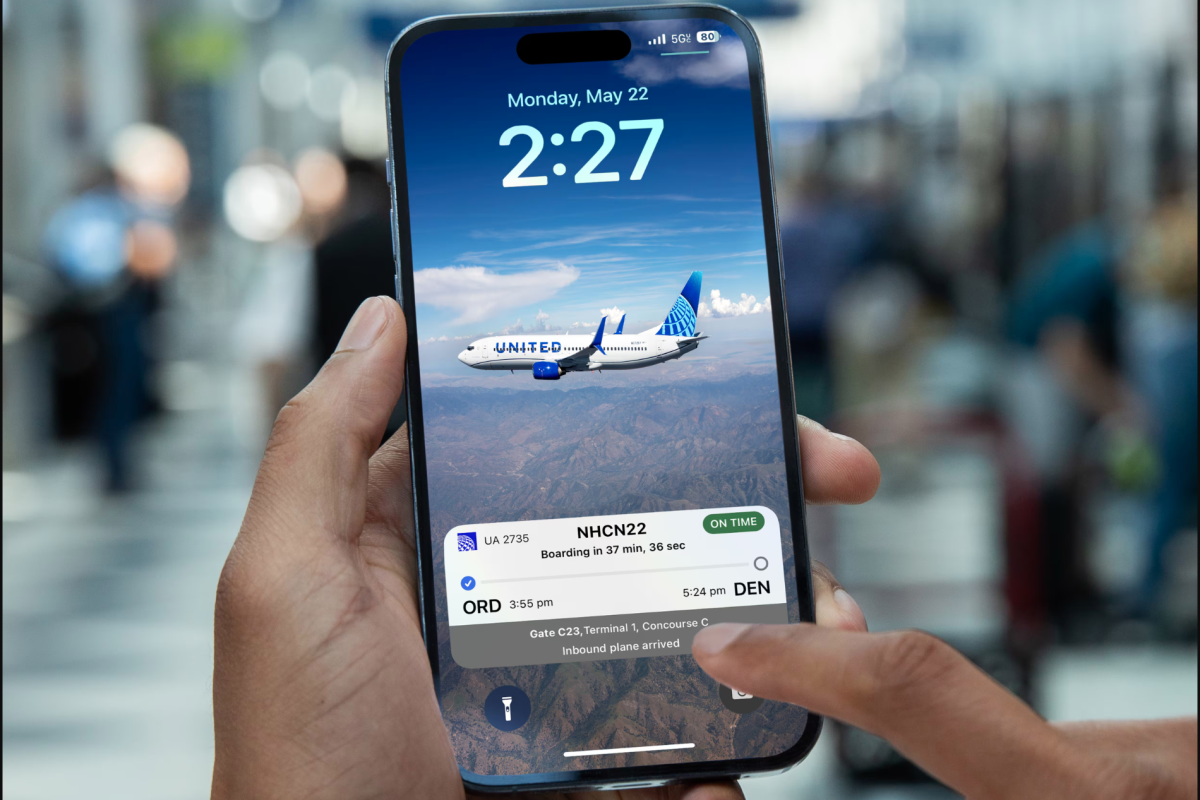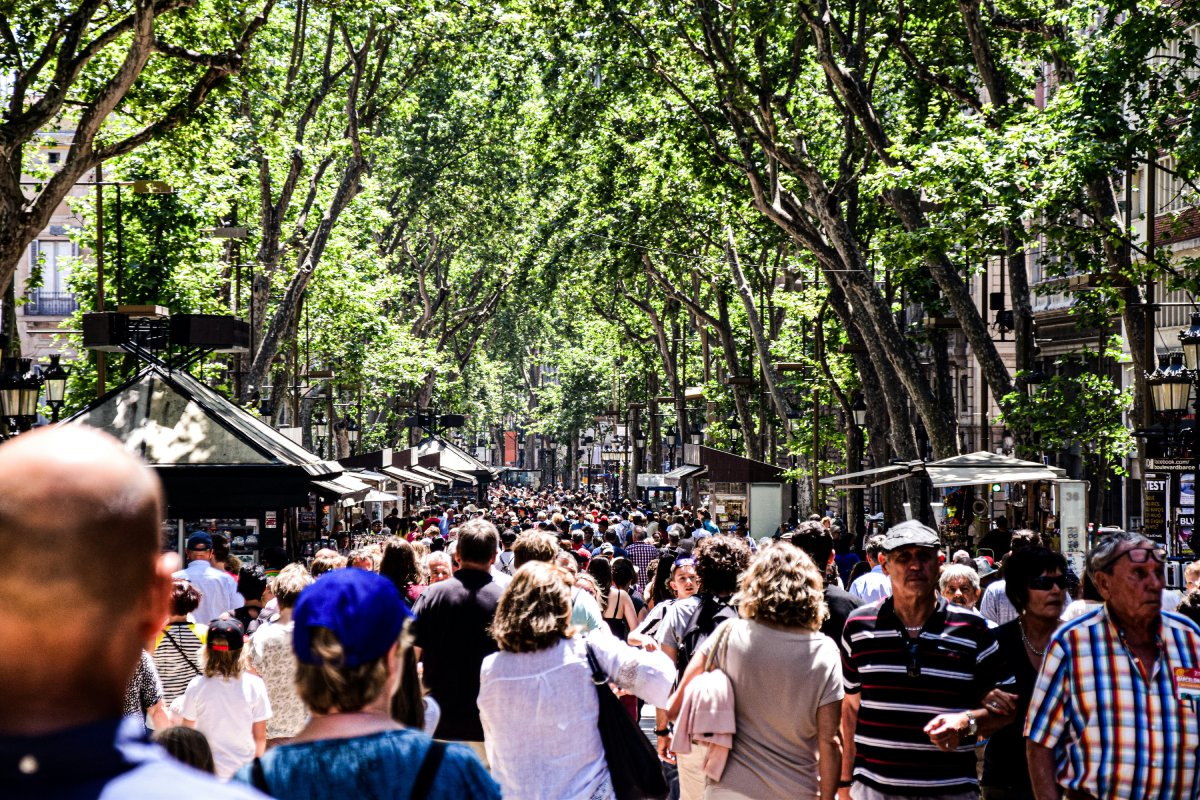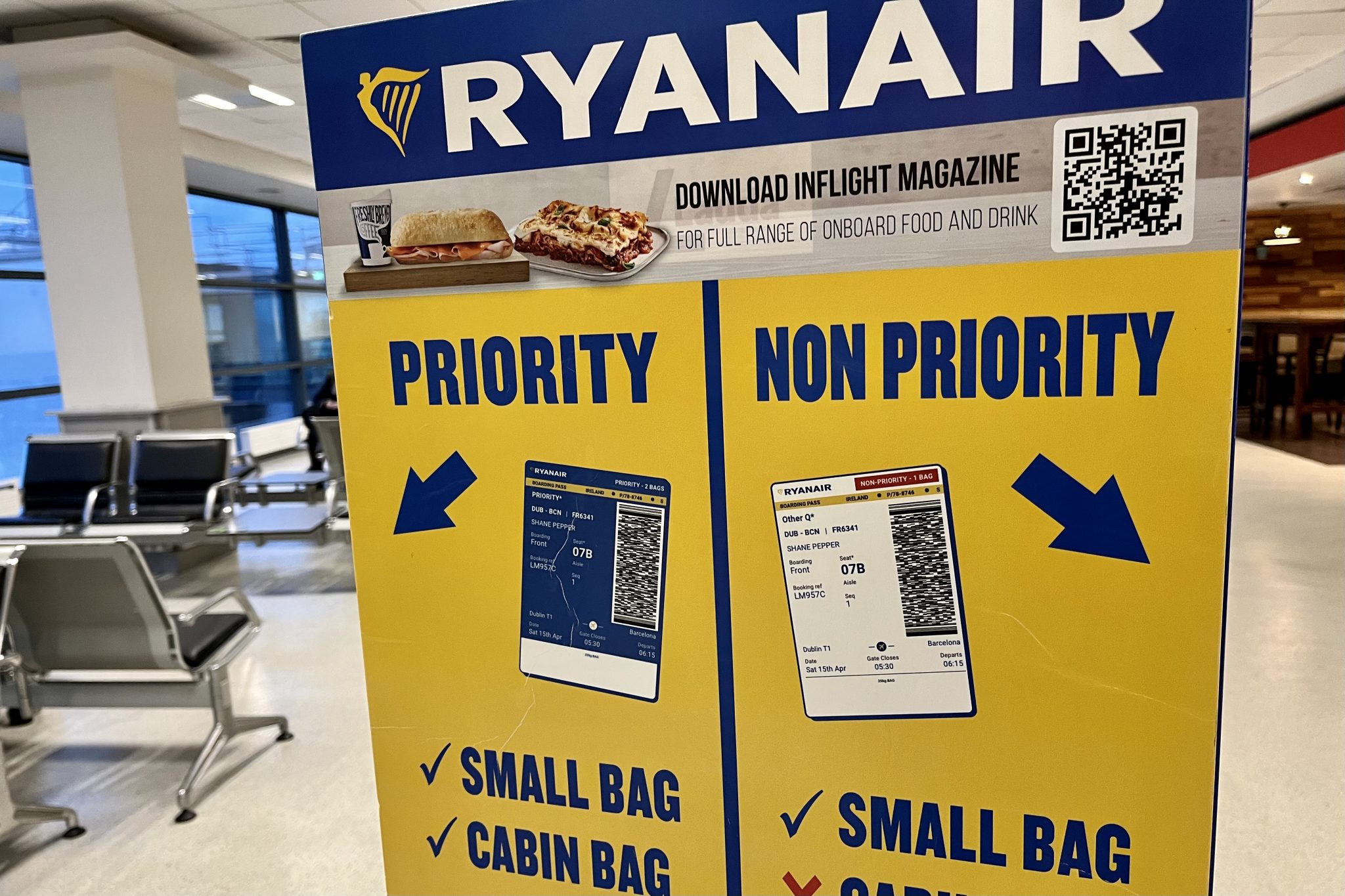Crafting a New Generation of Membership Travel Clubs
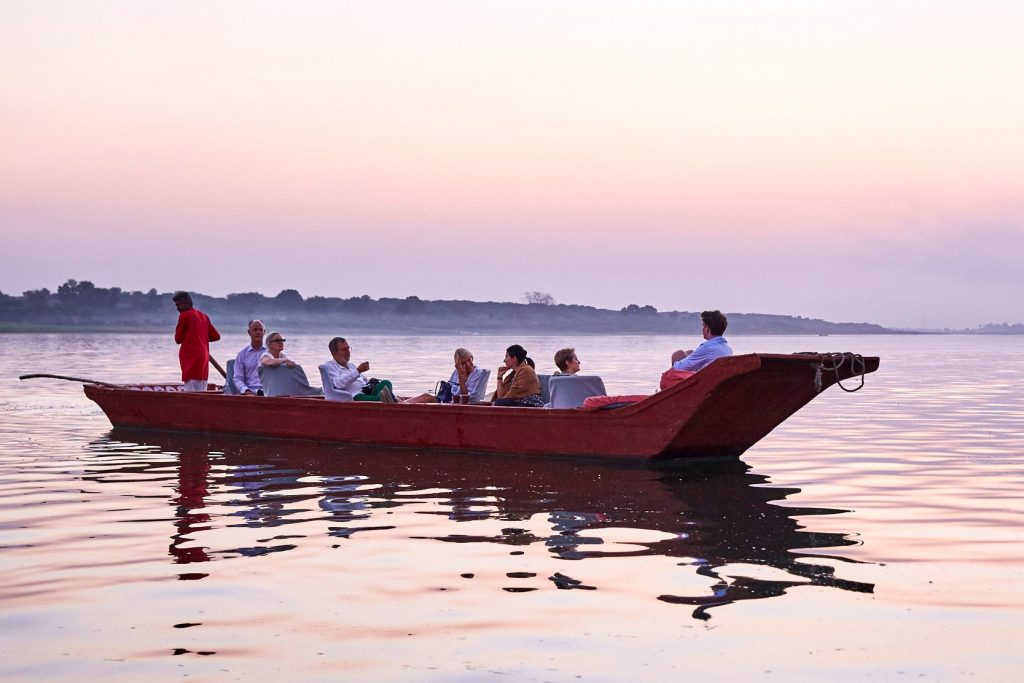
Skift Take
A new generation of travel clubs are appealing to affluent millennials who are looking for deeper experiences as well as a sense of community. The brands are bringing together creative professionals from metropolitan areas and attracting them largely through word of mouth networks... and Instagram.
Skift spoke to the co-founders and teams of four different member-based travel organizations to find out how they work and why they're becoming attractive once again.
Although high-end, the proprietors of these groups have taken to a more conscious definition of luxury.
"Luxury is access and we provide unprecedented access," said David Prior, co-founder of Prior Travel Club.
Skift spoke to Prior while he was in the middle of a tortellini making class in Modena, Italy. Prior was leading a trip at Casa Maria Luigia, the villa and bed and breakfast opened by Massimo Bottura of Osteria Francescana and his wife Lara Gilmore.
The Nomadic Clubhouse is one of three arms of Prior Travel in which the team "pops up at a property and imbibe it with experiences that capture the essence of that particular region or led by a particular connoisseur," said Prior.
This was the second pop up from Prior after an initial experience during the opening weeks at Heckfield Place outside of London. It is planning a series of these around the world.
Prior also offers bespoke travel planning as well as Prior Journeys which are built around a particular event such as a recent weekend at the Feria in Seville, Spain.
"The reason why we have a membership is because we want to create a reinvention of the modern Explorer’s Club in its spirit. We are looking for people who are super curious and have an aligned point of view around celebrating cultural diversity as well as biodiversity. We’re not looking at traditional benchmarks of luxury. The true sense of luxury is access to the spirit and the essence of a place," said Prior.
Prior built his black book through a decade as a travel editor along with his co-founder Marc Blazer, the CEO of hospitality investment Overture Holdings, which is an investor in Noma. The rest of the team is comprised of people who do not come from the travel industry but adjacent backgrounds such as fashion, design or media.
As travel becomes less about the journey and more about what happens in a place, collaborating with people who have built their specialities in areas outside of travel lends to deeper experiences once you arrive.
Spaces Built for Community
"I actually don't like the word 'luxury,'" says Oliver Ripley, co-founder of Habitas.
Described as a global club for a global community, Habitas has two permanent Clubhouses in New York and LA as well as a hotel in Tulum with openings planned for the Bahamas and Namibia. Habitas was originally started by Kfir Levy and Eduardo Castillo as an events business.
"They were looking for a new way to meet people and spend time so they created three-day weekends programmed around food, music, wellness and adventure. It really naturally started to form this community of people. Membership-clubs often start with a building or space and asking people to join that particular place. They then program the building to attract that membership base. Habitas formed in the opposite way. And we started to host those events in different parts of the world," said Ripley.
"We all shared this desire to connect with people. On one hand we live in a world where we’re super connected because of technology, but we’re also so disconnected as a generation. People are looking for new ways to connect and build relationships."
As their community continued to form, the team thought to create a membership program to facilitate the community and find ways for them to gather. The result was their clubhouses in New York and Venice Beach. Ripley doesn't liken these spaces to other co-working beasts.
"Membership with Habitas is really about being a part of this engaged community and gathering in the places where we live, travel for work and travel for fun. Habitas is an experience brand. It's about beautiful activations, dinners and experiences where we can meet with old friends that we consider family and new friends that start off as strangers."
Weekend events in Tulum evolved into a pop-up hotel, which later became the permanent home base for the brand. The long-term vision is to build these homes around the world.
"The hotel industry is so in need of disruption. If you think of the fanciest five-star hotel, they try to sell you hardware. You call up American Express and they describe the room footage. You see someone in the elevator and you might say hello or not. You choose a subbed at the hotel that is the farthest from other people. But the world is changing," said Ripley.
"There is a group of people that we identify with. We are building Habitas for ourselves which makes it so unique. We want to connect with like-minded people. We want be open and have conversations and learn. We started building hotels and spaces where this can happen, focusing not on hardware or outspend our competitors with the fanciest hardware or fanciest rooms. We are focused on creating what I call luxury for the soul. It really revolves about the people, service and experience.”
When people ask Ripley, who also co-founded real estate company Ocean Group International, the difference between Habitas and other hotel brands such as Six Senses, Ripley replies, "Habitas started as a community of people. Habitas is a community of people. Habitas is not the hotels or the real estate. No one can take that away from us. It makes us very unique."
As Habitas grows, it will be as focused on experiences as physical spaces.
Membership-Based Travel with a Purpose
Other member-based travel clubs are forming without that direct declaration. For example, Summit is a series of invitation-only events across Los Angeles; Eden, Utah; Tulum, Mexico; and Kenya to foster a global community of entrepreneurs and beyond.
"Our community is at the core of what we do, but how we gather our community is through this series of shared dynamic experiences. There is an ethos and direction to how we choose and use location to create the perfect formula to result in the best experience. The goal of which is stronger human connection across different disciplines," said Summit art director Alex Zhang.
Summit does not have a single clubhouse but really leans on the aspects of a location to facilitate those relationships.
“We’re thinking about destination-oriented nature, low connectivity, but high immersion. It is by realizing when you transport somebody to a new area that they are a lot more receptive and open-mind and in a headspace that’s more open to new ideas and people. It is through this concept that we’ve coined of dynamic shared experiences that allow for an accelerated connection," said Zhang.
"The common thread through our events and when we’re scouting a location is not only whether it is unique opportunity culturally but how we can infuse the core principles of Summit in integration with that landscape. We create containers for our events. When it comes to travel, it is thinking about what are these locations that really lean into that immersive component."
The Assemblage is a mindful co-working community with two spaces in Manhattan. In addition to a nature sanctuary upstate, it organizes several mission-based trips called Impact Journey throughout the year for members and friends of members. The trips are used to bring the pillars of the community to life through volunteer projects integrated with the local community in places such as Cuba, Morocco, and Puerto Rico.
"The other part of the trip is about creating experience for people to connect to themselves or one another. We want people to really feel more connected and that has a ripple effect when they come back to New York City with this shared experience," said Simone Spilka, director of content at The Assemblage.
Skift had a chat with the spokesman of the actual the Explorers Club who was insistent that these modern membership clubs had little to do with the original.
"I don't see any synergy there. This is not the type of club that appeals to a normal travel and anyone going from point A to point B. Many people confuse the Explorer's Club with adventure travel. It happens all the time and it is not the case. It is totally alien to what we do when applicants write about their travel experiences of safaris or hikes. If you went on a safari for the purpose of researching animal mating or rhino husks, that is totally different. That is not scientific adventure. It is a scientific expedition," said Bill Liss of the Media & Public Relations Counsel at The Explorers Club.
Liss is, of course, recognizant of the the clubhouse, its artifacts, and the allure they hold. However he remains adamant about the distinction of adventure and expedition.
Despite his objections, the spirit of the Explorer's Club and what it represents is prevalent in a culture looking to expand their sense of what is possible. The Explorer's Clubhouse itself is an inspiration to those looking for a home that's born of true exploration.

